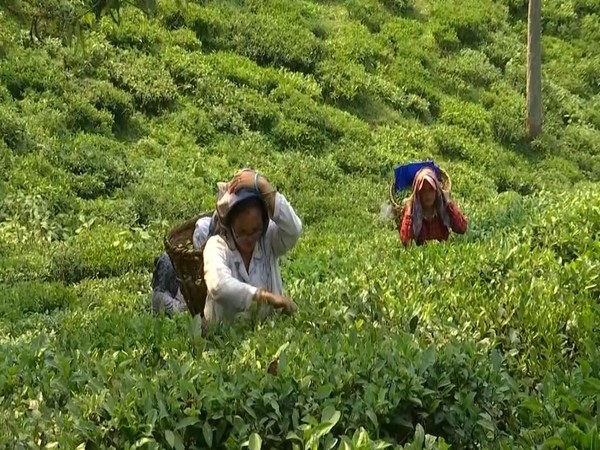
Kolkata: The Tea Association of India has raised an alarm over the drastic reduction in tea production across North India, attributing the crisis to the severe lack of rainfall and excessive heat that has plagued the region throughout the current cropping season.
According to a press release, the Tea Association of India estimates that the cumulative drop in production will be around 60 million kilograms by the end of June 2024, compared to the same period last year.
The combination of these adverse weather conditions has not only curtailed tea yields but also precipitated a significant liquidity crisis, potentially threatening the future viability of the industry.
The Tea Board of India's latest data paints a grim picture for the tea-growing states of Assam and West Bengal.
Up to April 2024, production in Assam has plummeted by 8 per cent compared to the same period last year, while West Bengal has experienced an even steeper decline of 13 per cent.
The situation deteriorated further in May, with tea estates in Assam and West Bengal reporting estimated production drops of 20 per cent and 40 per cent, respectively, relative to the previous year.
The primary factor behind this decline is the severe deficit in rainfall during the crucial early growing season.
The India Meteorological Department (IMD) data from March 1st to May 31st indicates a startling 50 per cent to 80 per cent reduction in rainfall in West Bengal's major tea districts and a 10 per cent to 30 per cent shortfall in Assam compared to the historical norms for these months.
Tea is inherently a rain-fed crop, relying heavily on consistent precipitation to thrive. The pronounced lack of rainfall has led to significant wilting of tea bushes, a phenomenon that not only hampers the immediate yield but also threatens the long-term health and productivity of the tea plants.
The absence of adequate rain has particularly affected the production of the highly prized first and second flushes, which are renowned for their quality and form a substantial portion of annual revenue for tea producers.
The situation is compounded by the arrival of the southwest monsoon in late May, which brought heavy rainfall to the tea-growing districts.
While the rainfall was initially welcomed, the excessive precipitation and subsequent lack of sunshine have further disrupted production.
According to the IMD, rainfall levels in the first half of June have been 15 per cent to 66 per cent above normal in West Bengal and 3 per cent to 20 per cent higher in Assam.
The resulting conditions have led to waterlogged fields and reduced photosynthesis, further exacerbating the production woes.